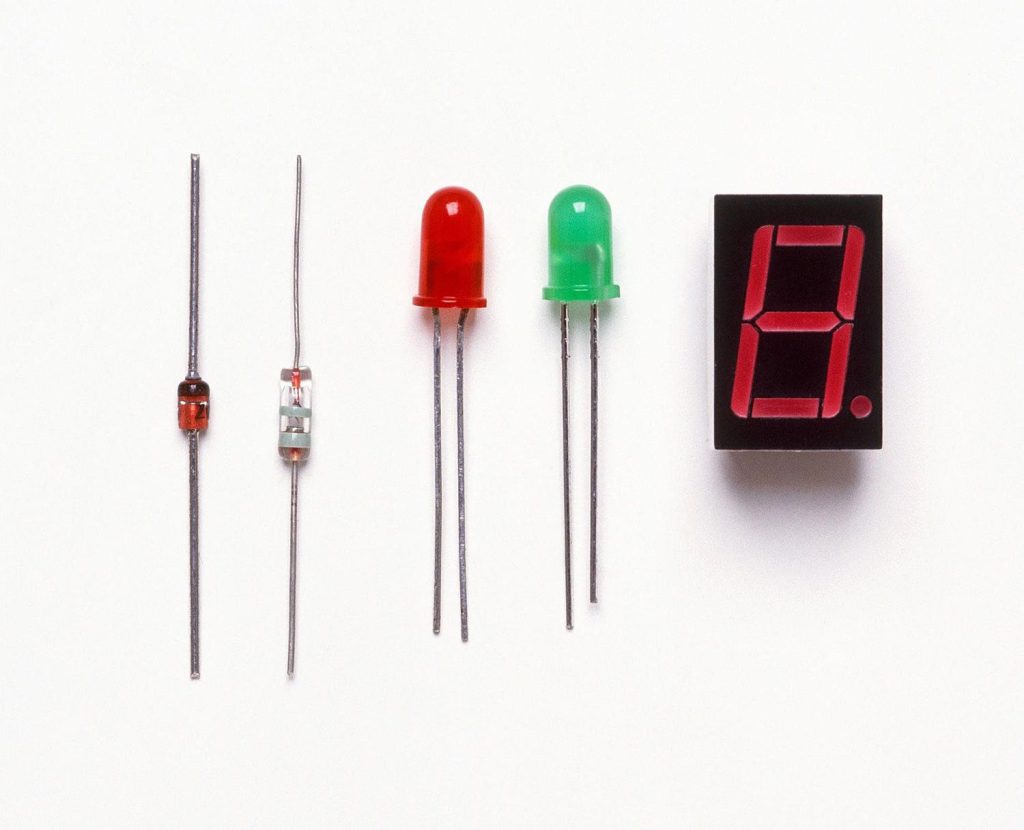Fake Diplomas – A Ticking for Employers and Applicants Alike
The proliferation of fake diplomas has become a pressing issue in today’s competitive job market, posing a significant threat to both employers and job applicants alike. These counterfeit credentials are a ticking time bomb that can explode at any moment, leading to dire consequences for those involved. For employers, the risk of hiring an applicant with a fake diploma can be catastrophic, tarnishing their reputation, and resulting in financial losses. With the increasing sophistication of forgery techniques, it has become more challenging for employers to spot these fraudulent documents during the hiring process. Such deceptive practices not only compromise the integrity of the recruitment process but also undermine the efforts of genuinely qualified candidates who may lose out on job opportunities due to unscrupulous individuals. On the other side of the equation, applicants who resort to using fake diplomas to bolster their qualifications are walking on thin ice.
While it may offer a temporary advantage in securing a job, the consequences can be devastating in the long run. If discovered, the individual’s credibility is shattered, leading to immediate termination and irreparable damage to their professional reputation. Furthermore, employers are becoming increasingly vigilant in verifying educational credentials, conducting thorough background checks to safeguard their organizations from potential liabilities and ensure a competent workforce. The prevalence of fake diplomas has been fueled, in part, by the rising demand for higher education and the mounting pressure on job seekers to possess impressive credentials. As the job market becomes more competitive, some individuals feel compelled to resort to dishonest means to gain a competitive edge. This phenomenon perpetuates a vicious cycle, where fraudulent practices become normalized and undermine the value of genuine academic achievements. To address this issue, both employers and educational institutions must collaborate to implement more robust verification procedures.
 Employers should adopt stringent background checks and verify educational credentials directly with the issuing institutions view https://lambang-toanquoc.org/, rather than solely relying on the documents provided by applicants. Moreover, educational institutions can play a vital role in curbing fake diplomas by incorporating security features into their certificates, making forgery significantly more challenging. Additionally, awareness campaigns are crucial to educate job applicants about the potential consequences of using fake diplomas. Emphasizing the value of honesty, integrity, and hard work in building a successful career can deter individuals from engaging in deceitful practices. Job seekers should be encouraged to focus on acquiring genuine skills and knowledge, as these attributes are ultimately what contribute to a successful and fulfilling career. In conclusion, the prevalence of fake diplomas is a ticking time bomb that threatens the credibility of both employers and job applicants. As dishonest practices continue to infiltrate the job market, it is imperative for employers to implement robust verification processes and for educational institutions to bolster the security of their credentials.
Employers should adopt stringent background checks and verify educational credentials directly with the issuing institutions view https://lambang-toanquoc.org/, rather than solely relying on the documents provided by applicants. Moreover, educational institutions can play a vital role in curbing fake diplomas by incorporating security features into their certificates, making forgery significantly more challenging. Additionally, awareness campaigns are crucial to educate job applicants about the potential consequences of using fake diplomas. Emphasizing the value of honesty, integrity, and hard work in building a successful career can deter individuals from engaging in deceitful practices. Job seekers should be encouraged to focus on acquiring genuine skills and knowledge, as these attributes are ultimately what contribute to a successful and fulfilling career. In conclusion, the prevalence of fake diplomas is a ticking time bomb that threatens the credibility of both employers and job applicants. As dishonest practices continue to infiltrate the job market, it is imperative for employers to implement robust verification processes and for educational institutions to bolster the security of their credentials.
A Short Outline of Modern Laser Diodes and its working
Laser diodes have many purposes in this day and age, from military applications to broadcast communications, meteorology and medication. There are a few familiar methods of activity and a wide assortment of designs to suit proposed modern purposes.
Activity of Laser Diodes
 A laser diode is like a light-producing diode (Drove) in that it has as its dynamic medium a semiconductor. The most regular kind of diode is found at a p-n intersection (the limit between p-type and n-type semiconductors) that is made by an interaction called doping. These intersections are then controlled by infused electric flow and are called infusion laser diodes to separate them from optically siphoned laser diodes. Numerous diodes discharge in ceaseless wave (cw) mode from anyplace from a few watts down to only milliwatts of force. These modern diodes miss the mark on capacity to be overdriven and, surprisingly, little times of surpassing the most extreme power can make harm laser resonators and successfully shut down the laser. For modern applications that require a ton of pinnacle power use time, beat laser diodes can be overdriven successfully and effectively for brief time frame periods. To accomplish this, short heartbeats are trailed by stops, keeping the beat lengths during the 200ns territory. These beats of light are created by laser flows that decrease inductive misfortune using quick exchanging photodiode array detector semiconductors and extremely short electrical associations.
A laser diode is like a light-producing diode (Drove) in that it has as its dynamic medium a semiconductor. The most regular kind of diode is found at a p-n intersection (the limit between p-type and n-type semiconductors) that is made by an interaction called doping. These intersections are then controlled by infused electric flow and are called infusion laser diodes to separate them from optically siphoned laser diodes. Numerous diodes discharge in ceaseless wave (cw) mode from anyplace from a few watts down to only milliwatts of force. These modern diodes miss the mark on capacity to be overdriven and, surprisingly, little times of surpassing the most extreme power can make harm laser resonators and successfully shut down the laser. For modern applications that require a ton of pinnacle power use time, beat laser diodes can be overdriven successfully and effectively for brief time frame periods. To accomplish this, short heartbeats are trailed by stops, keeping the beat lengths during the 200ns territory. These beats of light are created by laser flows that decrease inductive misfortune using quick exchanging photodiode array detector semiconductors and extremely short electrical associations.
Laser Designs Throughout the long term
Laser diode innovation has changed quickly from the mid-60s, when it was exhibited at the IBM T.J. Watson Exploration Center. From that point forward, we have seen diodes move from fluid stage epitaxy (LPE), or layering of gems, to sub-atomic shaft epitaxy and organometallic synthetic fume statement during the 1970s. These structures have been added to and extended with the option of Vertical Expanded Hole Surface Emanating Lasers (VECSELs), Vertical Pit Surface Discharging Lasers (VSELs), outside cavity diode lasers and others, including subcategories.
Normal Modern Purposes
A portion of the more modest assortments of laser diodes are utilized in laser printers, standardized identification scanners, laser pointers and Compact disc organizers. In any case, the bigger diodes are utilized in numerous significant safeguard applications, for example, the beat laser rangefinders in military tanks and coordinated energy strike frameworks that produce strong light to obliterate explosive traps, rockets, mortar adjusts and different mandates. The clinical local area benefits using this innovation through surface level applications like Extraordinary Beat Light (IPL) for hair, age spot, and kink evacuation, different lasers for delicate tissue a medical procedure, and, surprisingly, in dentistry for methodology as assorted as cavity expulsion and tooth brightening. Vertical broadened whole surface emanating lasers (VECSELs) are significant for wide screen TVs and other business utilizes. Other different applications for laser diodes incorporate welding and cutting of metals and other modern materials, fiber optics for media communications frameworks, laser levels for reviewing, and the taking of precise 3D estimations.
